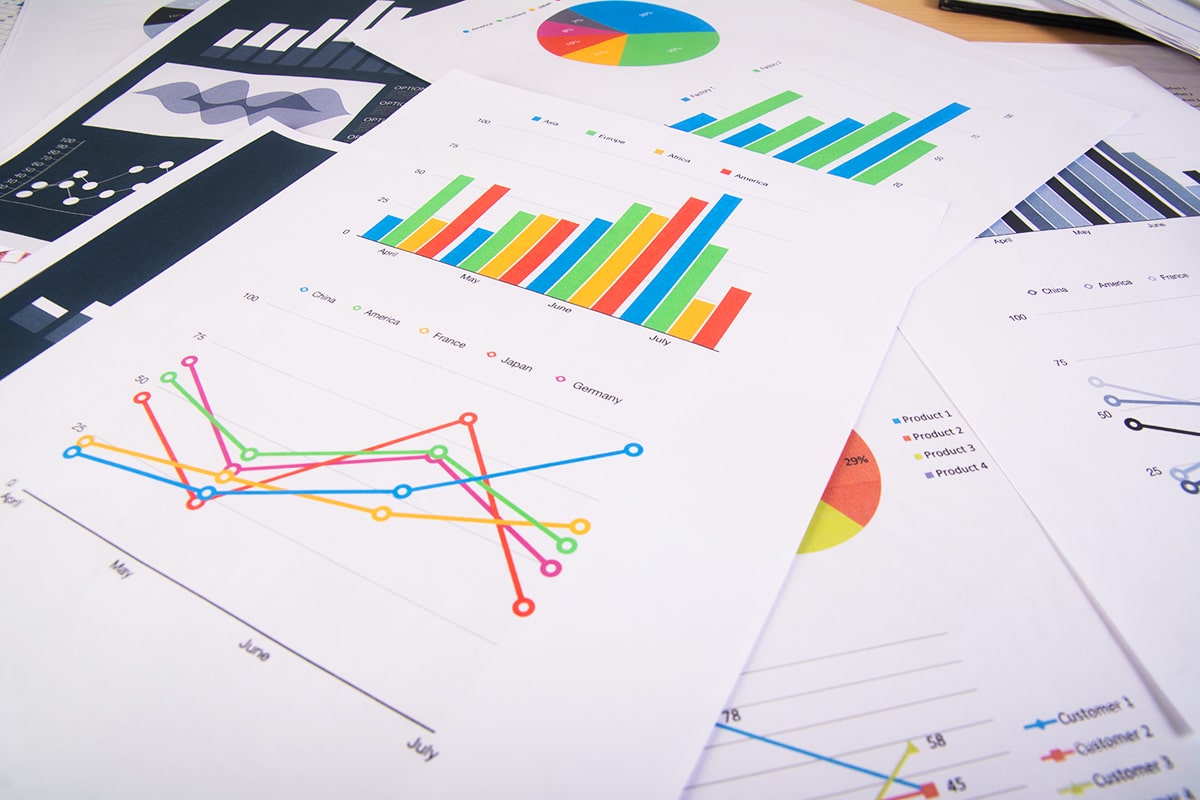Inflation and deflation are two sides of the same coin. Both have their own advantages and disadvantages, but usually, inflation is considered to be a much more significant problem than deflation. However, not many people realize that deflation can also be dangerous, and inflation may not always be a bad thing. In this article, we discuss the hidden dangers of deflation and why inflation isn’t always a bad thing.
What is Deflation?
Deflation is the opposite of inflation and refers to a decrease in the prices of goods and services over time. This can happen when there is an oversupply of goods or when demand falls. Deflation can also occur when the economy experiences a severe recession or depression, causing people to spend less money.
The Hidden Dangers of Deflation
Deflation may seem like a good thing because it means that people can buy more goods and services with the same amount of money. However, deflation can have hidden dangers, which are often overlooked.
Decreased Spending and Investment
Deflation can lead to a decrease in spending and investment, as people start to hold back their money, waiting for prices to fall even further. This leads to a downward spiral, as reduced spending and investment lead to a further decrease in demand, which drives down prices even more. This cycle can eventually lead to a recession or depression.
Increased Debt Burdens
Deflation makes it harder for people to pay off their debts, as the value of money increases, making their debt burden relatively larger. When prices are decreasing, the value of assets such as homes or stocks also decreases. This means that people may owe more than their asset is worth, leading to defaults and foreclosures.
Higher Unemployment
Deflation can also lead to higher unemployment rates, as businesses may be forced to cut back on their operations due to lower demand and decreased revenue. This can lead to a vicious cycle, where unemployment increases, leading to lower consumer spending, which further exacerbates the unemployment problem.
Why Inflation isn’t Always a Bad Thing
Inflation is often viewed as a negative phenomenon that erodes the value of money and increases the cost of goods and services. However, inflation can also have positive effects and may not always be a bad thing.
Encourages Spending and Investment
Inflation encourages spending and investment, as people are motivated to spend their money before it loses its value. This can stimulate economic growth, as increased spending and investment lead to increased demand, job creation, and profits for businesses.
Reduces Debt Burdens
Inflation also reduces the real value of debts, making them easier to pay off. This can provide relief to individuals and businesses struggling with debt and can lead to a more stable economy.
Increases Wages
Inflation can lead to higher wages, as employers are forced to increase wages to keep up with the rising cost of goods and services. Higher wages mean that people can afford to buy more goods and services, leading to increased demand and economic growth.
Tips to deal with Inflation and Deflation
Inflation and deflation both have their own sets of challenges, and it is essential to be prepared and take the necessary steps to deal with them.
For Inflation:
- Invest in stocks and real estate: Inflation can be a good time to invest in stocks and real estate as their value tends to increase during inflationary periods.
- Invest in gold: Gold is a hedge against inflation and can be an excellent investment during inflationary times.
- Invest in treasury inflation-protected securities (TIPS): TIPS are designed to keep up with inflation, and investors can benefit from the higher interest rates they offer.
For Deflation:
- Pay off debt: It is essential to pay off debt as quickly as possible during deflation as the value of money is increasing over time.
- Build up savings: Building up savings during deflation is important as it can provide a cushion against financial difficulties that may arise due to the slowing economy.
- Invest in stable businesses: Investing in stable businesses such as utilities or consumer staples can provide income and stability during a deflationary period.
Conclusion
While inflation is often viewed as a more significant problem than deflation, both have their own sets of challenges and hidden dangers. It is essential to be aware of the risks and be prepared to take the necessary steps to deal with them. With the right preparation and planning, both inflation and deflation can be managed, and their negative effects can be minimized.

Deja una respuesta